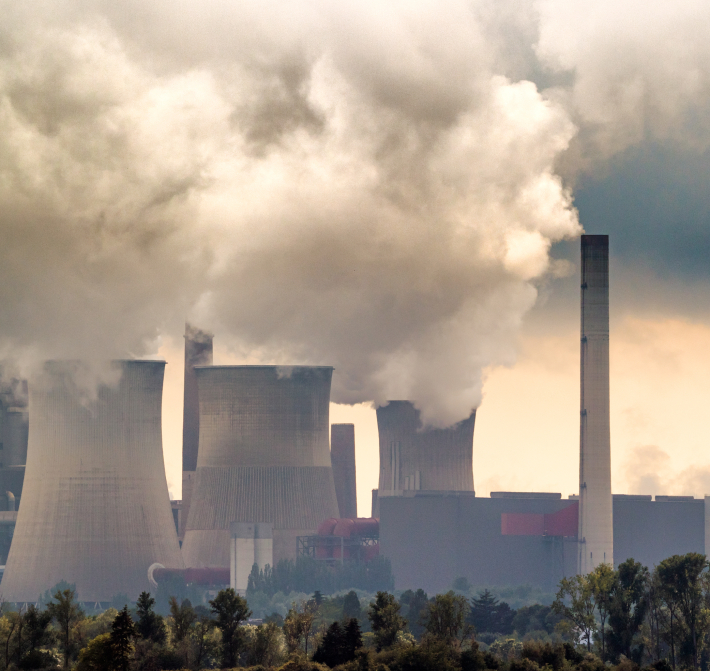
A few days ago, we posted about the Australian fires and the link to human-related (anthropogenic) climate change. You can read that article here.
We suggested that you look out for the forthcoming study on this from an organisation called World Weather Attribution (WWA). This has now been published. You can access the full report and a summary here.
This is what the Global Strategic Communications Council say about the findings:
'The researchers, from Australian, European and American universities and research institutes, found that human-caused climate change increased the chances of Australia experiencing extreme fire weather by at least 30% - but the real increase could be much higher given that the trend in extreme heat is one of the main factors behind this increase and the models underestimate the observed trend in heat.
If global temperatures rise by 2°C, the study found that the fire weather conditions experienced in 2019/20 would be at least four times more common as a result of human-caused climate change.
The attribution study looked at the Fire Weather Index—a measure of weather conditions that describes the risk of bushfires—in the areas of southeastern Australia that were worst affected by the 2019/2020 fires. It compared current conditions, with over 1°C of global warming, to the climate as it was around 1900, using observations and climate models.
The researchers also examined extreme heat and meteorological drought (periods of very low rainfall), which are important elements of the Fire Weather Index. A week of hot temperatures, like that experienced in southeast Australia during December 2019, was made at least two times more likely due to human influence on the climate. Heatwaves like the one in Australia in 2019/20 are now hotter by 1-2°C than they were around 1900 in the observations.
Periods of extremely low rainfall are most relevant for fire weather, rather than trends in mean rainfall which are a driver of agricultural drought. Annual dry extremes have become somewhat more common in the observed record in southeastern Australia, with 2019 the driest year since 1900, although the trend is within the range expected from natural weather fluctuations. The researchers were not able to directly link the recent record low annual rainfall nor the driest month of the fire season with climate change. Other aspects of drought not included in the study, including low water supply and dry soils, are influenced by high temperatures and so are connected with climate change.
Fire conditions as described by the Fire Weather Index since 1979 have worsened more rapidly than simulated by climate models. The fire weather risk increases to a large extent because of more intense heat events. Climate models underestimate that trend in southeastern Australia, as previous research has also found for other parts of the world. So while climate models show that human-caused climate change increased the chances of Australia experiencing such an extreme Fire Weather Index by at least 30%, the researchers concluded that the true increase could be much greater, based on their observational analysis and the underestimation of the trends in extreme heat.
Some other links between climate change and fire risk in Australia were also beyond the scope of the study, such as ignition sources and lengthened fire seasons reducing the window for safe hazard reduction burning.'
Note that the report (and this is visible in the summary as well) is careful about what it can and cannot attribute evidentially to climate change. You’d expect this because the WWA is an organisation of very eminent specialist working to the highest standards of peer-reviewed science.
In fact, the WWA’s attribution science is listed by the Massachusetts Institute of Technology as one of the current 10 Breakthrough Technologies. So, there we are. Neither the WWA researchers nor their research methodologies are can be dismissed out of hand or ignored because the conclusions are not palatable; they must be taken seriously.
For Australia the implications seem clear. After a particularly severe manifestation of one of the country’s top risks, there is now undeniable evidence that this risk has increased in likelihood by at least 30% as a result of human-induced climate change. Thanks to the WWA, life for the professional climate denialist is about to get more complicated.
But this is of course, only circumstantially about Australia. Visit the WWA website and see their other reports on other risks. The nature of “evidence” in a business like this is the steady accumulation of proofs from rock-solid science that point consistently to the same conclusions. We’ve moved one step closer!
We suggest you read our last posting on the subject, at the link given above, and see what they had to say about our own Storm Desmond in late 2015. A storm like that is now 60% more likely due to anthropogenic climate change. We hope that the WWA turns its attention to the pattern of European windstorms and their associated floods that we’ve just come through.